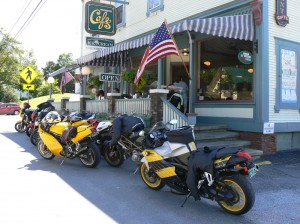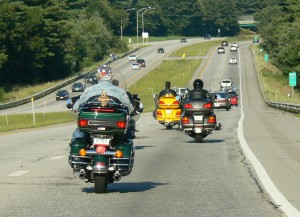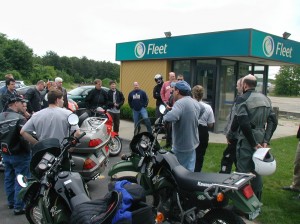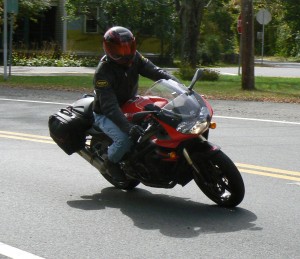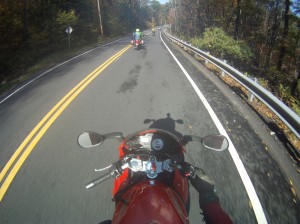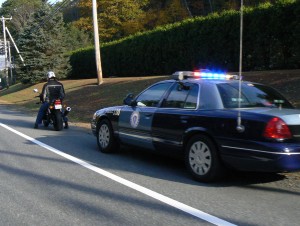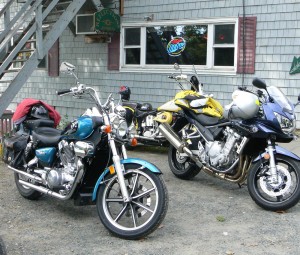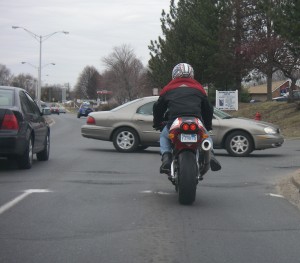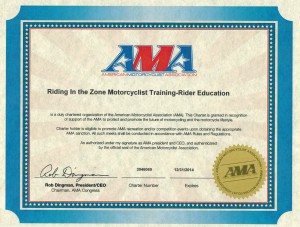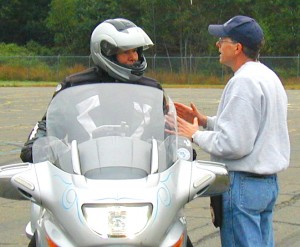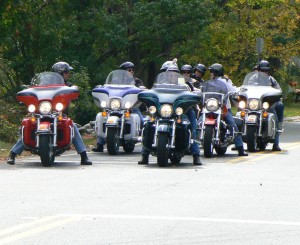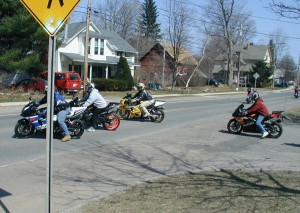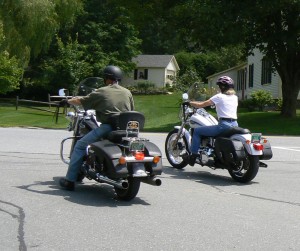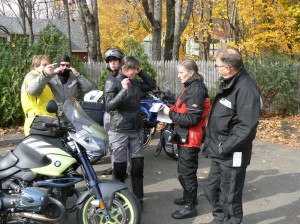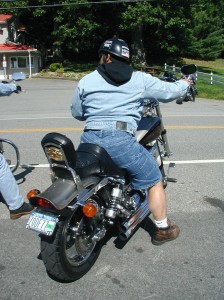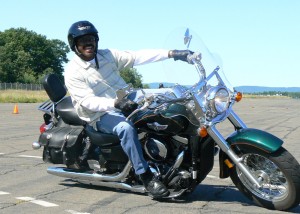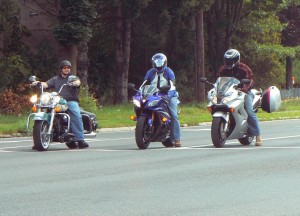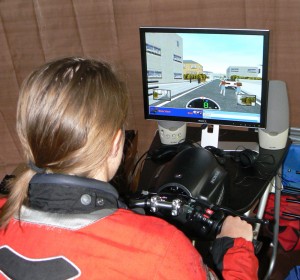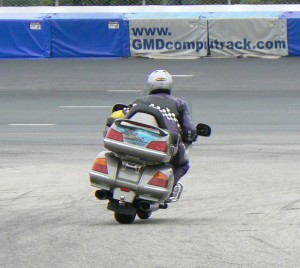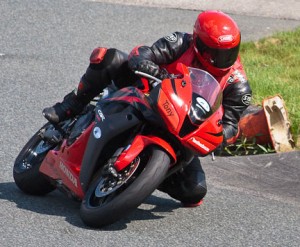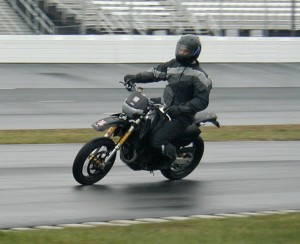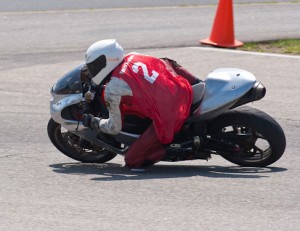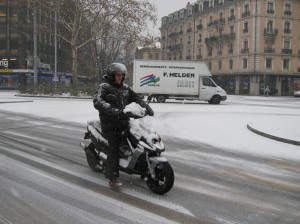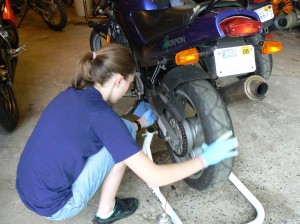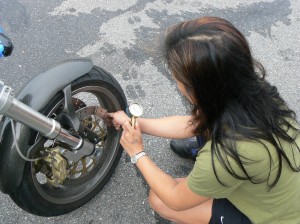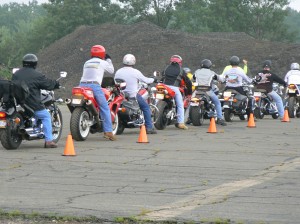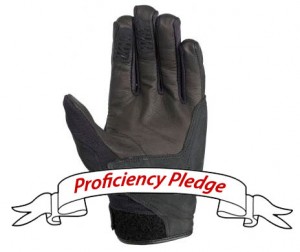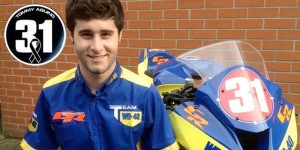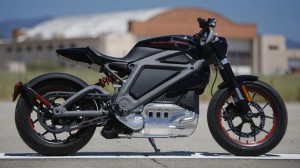
Bob Dylan went electric at the Newport Folk Festival back in 1964 and his diehard fans nearly fell out of their Birkenstocks. Well, history is repeating itself with the release of the Harley-Davidson LiveWire electric motorcycle. We haven’t heard too much from the Harley Faithful about this apparent departure from what has made the Motor Company famous, but from past experience with the V-Rod and Buell machines, I can only guess that some American made folks will not be happy.
Bob held his ground even as his most devoted fans booed when he sang “Like a Rolling Stone” with a Fender Stratocaster in place of his usual acoustic guitar. It is said that Dylan “electrified one half of his audience, and electrocuted the other.”
Is this what Harley can expect? Boos from the Faithful? I hope not, because I believe that electric motorcycles just may be a big part of motorcycling’s future.
I recently rode a Zero electric motorcycle and was really impressed with almost everything about it. The power was smooth and instantaneous, the sound was soothing in contrast to the invigorating thrust from the radial flux permanent magnet, brushless motor. Sure, the range needs to be improved, but that’s coming.
Update: I also spent time riding an Energica e-sportbike on the racetrack and on the street. The full review is here.
Not Your Biker’s Harley
The LiveWire bike differentiates itself by more than just its motor. It also looks different than the traditional V-Twin cruiser that we’ve all come to know. It’s styling is more power cruiser, like a V-Rod or Ducati Diavel. From a marketing perspective this is smart, because there is no sense in trying to convert the already captured audience that Harley-Davidson counts on to pay its bills. Instead, aim for a wider audience who has an open mind to new technology, engineering and modern styling.
The risk is whether H-D will alienate the traditional rough and tumble segment of the riding community enough so that they harm their established image. Let’s hope we can all just get along and Harley can succeed at catering to both segments: young and old, modern and traditional.
Rolling Thunder
Harley’s are not known for their performance. Sure, they do fine for what they are designed to do, which is to cruise the boulevard or tour the countryside at a leisurely pace. The H-D technology doesn’t exude performance that more modern designs from Victory or the Japanese companies can deliver. But, that’s not the point. What Harley does deliver is a visceral experience of a rumbling V-Twin that means business, even if the performance numbers don’t exactly impress.
Part of the visceral experience of the Harley (and almost any other motorcycle that burns dino-juice) is the sound it makes. I like relatively quiet bikes, but I also enjoy the auditory satisfaction of an accelerating machine with a throaty exhaust note. The number one difference that people need to get used to when introduced to an electric motorcycle is the lack of exhaust noise. Now, for many of us socially responsible motorcycle riders, we see this as a good thing.
But, What about Loud Pipes and Safety?
For those who believe that loud pipes save lives, you will likely exclaim that e-bikes are more dangerous. But, I’ve never been a believer that loud pipes save lives. Sure, noise can add additional conspicuity. But, it’s more important to be seen.
Anecdotal evidence alert: My own experiences suggest that being loud is not a reliable safety measure. For one thing the physics of the way sound travels and my attempts to hear loud bikes as they approach from the opposite direction both convince me that a loud exhaust does nothing to make you safer. I have witnessed loud bikes coming my way and I could not hear them as they approached. That’s why I believe that noise is not a reliable strategy. Your perceptions may vary.
The proven way to avoid being involved in a crash is to be seen. If a driver can see you, he or she can avoid you. Yes, loud pipes will let them know you are in the vicinity, but they won’t know where you are.
Electric motorcycles will polarize a lot of riders because of the lack of noise and the challenge to the status quo. But before you judge…ride. I found that the combination of seamless power and silent operation are just as satisfying as the rumble and roar of an internal combustion gas burner. Maybe you will feel the same way.
LISTEN to Ken being interviewed in this National Public Radio (NPR) report on the Harley LiveWire project
Thanks to the LA Times for this video:
Would you buy an electric bike?
Please Donate to Keep the Articles Coming
If you liked this article and the many other articles on this site, please toss a buck or five into the hat. It’s greatly appreciated!
- Click the PayPal “Pay Now” button.
- Then indicate quantity in $2.00 increments. – Example: put “2” in “QUANTITY” field to donate $4.00, “3” for a $6.00 donation, etc.
Why $2.00? Due to the PayPal fee structure, a $2.00 donation is significantly more beneficial compared to a $1.00 donation.
Thank You!
Subscribe to my Newsletter Mailing List.
Sign Up for Personal Training with Ken
Support Riding in the Zone by buying a book
Check out these related posts:
- Riding the Zero Electric Motorcycle
- Energica EGO Electric Motorcycle Review
- Schooling the Public
- The Top 2 Survival Tips That Will Save Your Life





